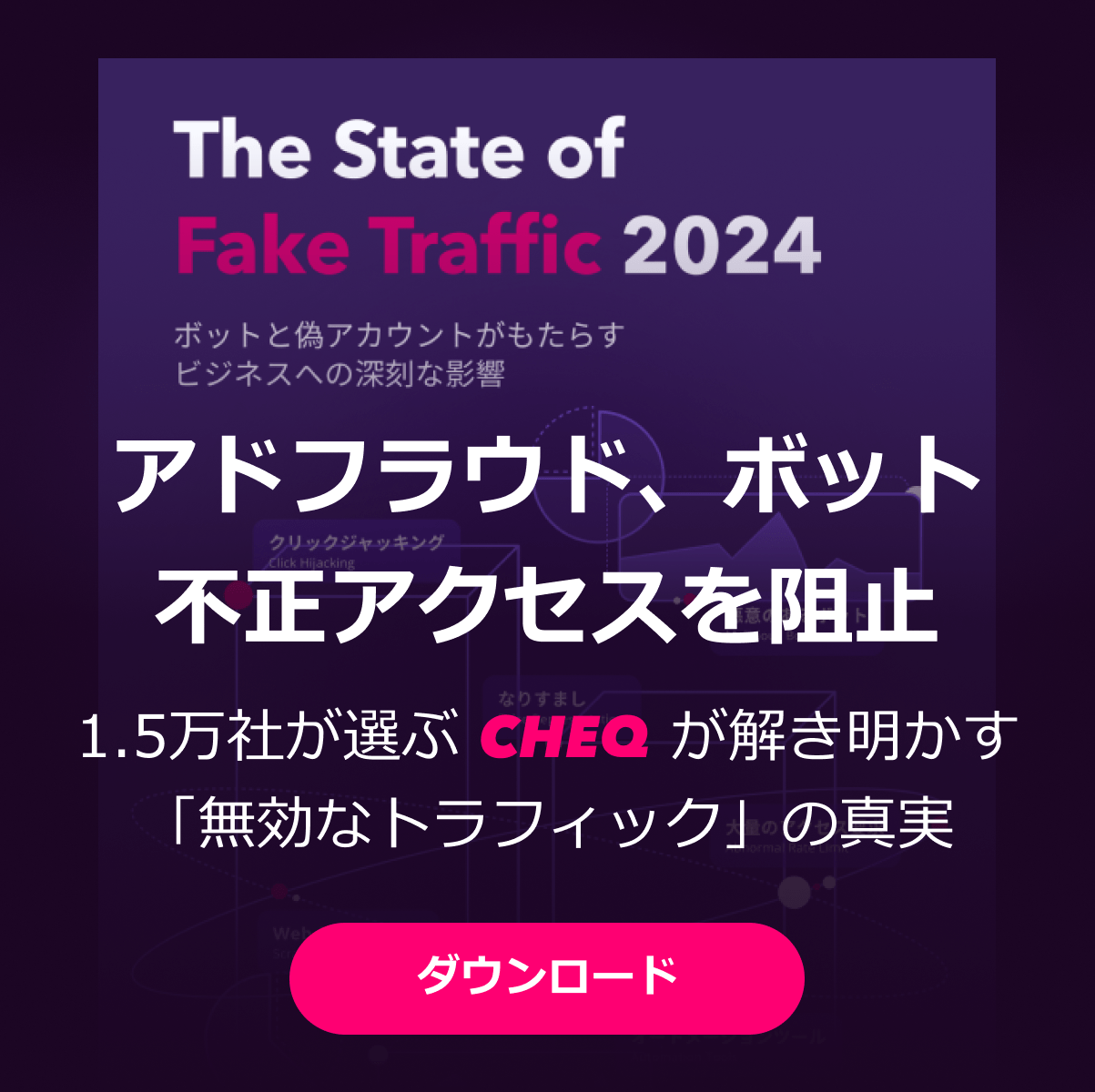What is Ad Fraud?
Kerry Coppinger
|Marketing | August 04, 2022

The Fake Web encompasses many types of fraud and malicious activity that impact all areas of a go-to-market organization. These damaging actions range from scrapers that steal valuable data from websites, affiliate fraudsters practicing cookie stuffing, spambots on social media platforms, account hackers who commit chargeback fraud, and a plethora of other threat types. One category of Fake Web internet activity is commonly known as “Ad Fraud.” This term is used very broadly today to describe harmful practices that negatively impact marketing campaigns. But what exactly is Ad Fraud, and who commits it? This article dives deeper.
How is Ad Fraud defined?
Ad Fraud is any type of malicious activity that specifically impacts paid marketing campaigns online. Paid marketing campaigns can include, but are not limited to: search engine campaigns, banner advertisements, sponsored content, and any advertisements on social media platforms. Ad Fraud can be committed by both automation tools (bots) and malicious humans.
One classic example of Ad Fraud is the click farm – a group of many workers rapidly clicking on digital assets to drain budgets and skew metrics. But Ad Fraud encompasses much more than this isolated example. It also includes click hijacking, imitation of another company through misleading ads, or even competitors actively wasting another company’s budget by clicking on their ads repeatedly. Additionally, sometimes bad actors use a combination of pre-created automation tools and human actions to make themselves harder to detect.
What harm can Ad Fraud cause businesses?
Since new types of Ad Fraud threats are being continuously invented, all businesses can be considered at risk – even if they are not under a targeted attack. Some ways Ad Fraud can impact businesses are:
Wasted Budgets
When malicious users click on an advertisement with no intention, and sometimes no ability, to convert – they take away valuable budget that could have been better spent on a potential customer. Not only is the actual cost-per-click budget lost but also the lifetime value of the customer that could have been acquired.
Polluted Audiences
If pre-targeting audience segments include fake users, the performance of the campaign might be seen as unsuccessful. Eventually, marketing teams might brainstorm on new content ideas, A/B tests, and new creatives to drive up the performance of these campaigns, when in reality they are converting poorly because they are marketing to malicious users.
Skewed Optimizations
When bots and bad actors interact with a campaign at a high engagement rate and speed, they signal to the campaign that they have a level of interest and warrant future attention. This can cause campaigns to automatically be optimized toward additional bad actors because the bad actors look the most engaged. Eventually, these campaigns may become completely unusable.
What can businesses do to prevent Ad Fraud?
Many advertising platforms offer partial refunds if fraudulent activity is reported. However, some bad actors can be hard to catch, and without a dedicated expert sifting through campaigns on a regular basis, many may go under the radar. For this reason, many CMOs are prioritizing cybersecurity as a key element of their tech stacks. By implementing technology specifically aimed to prevent malicious and suspicious activity from impacting marketing funnels, teams get ahead of the curve and continue to hit their goals.
To learn more about our solution for preventing ad fraud, Request a Demo here.














